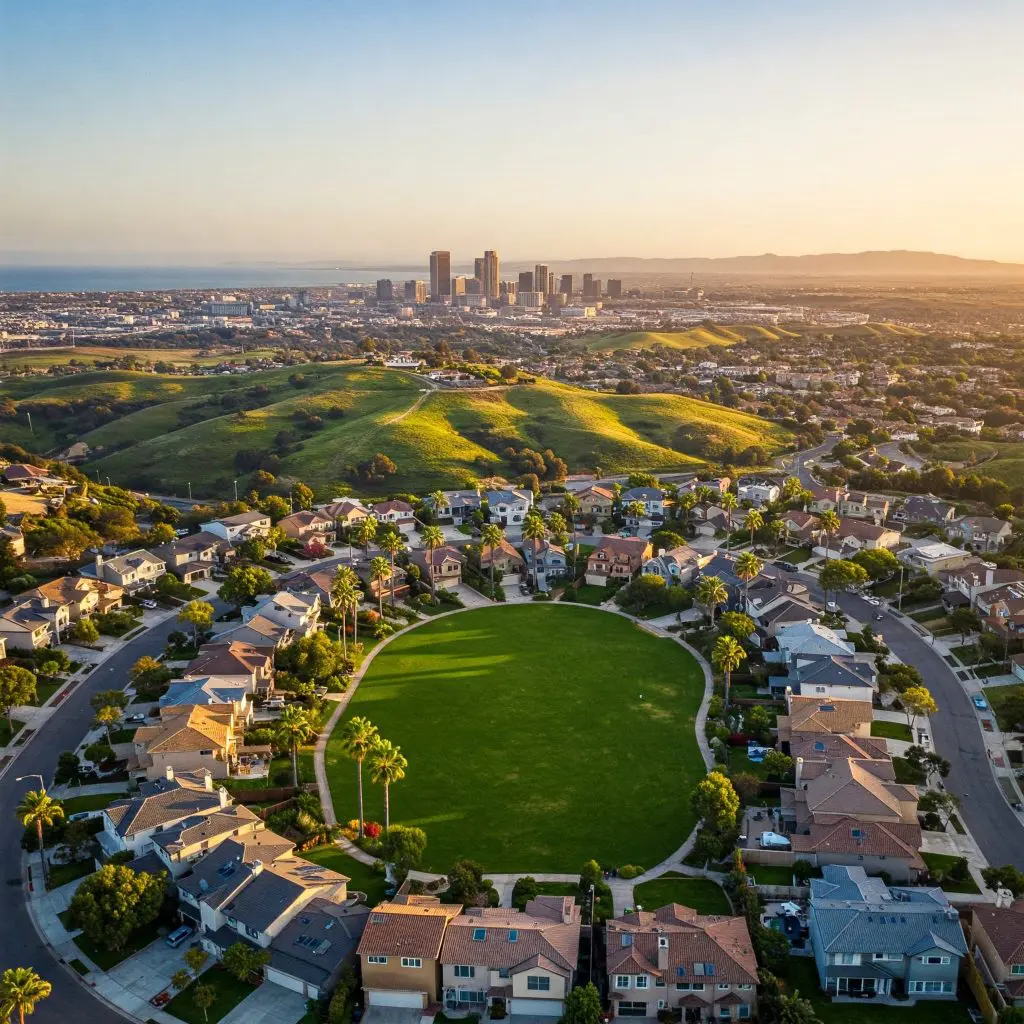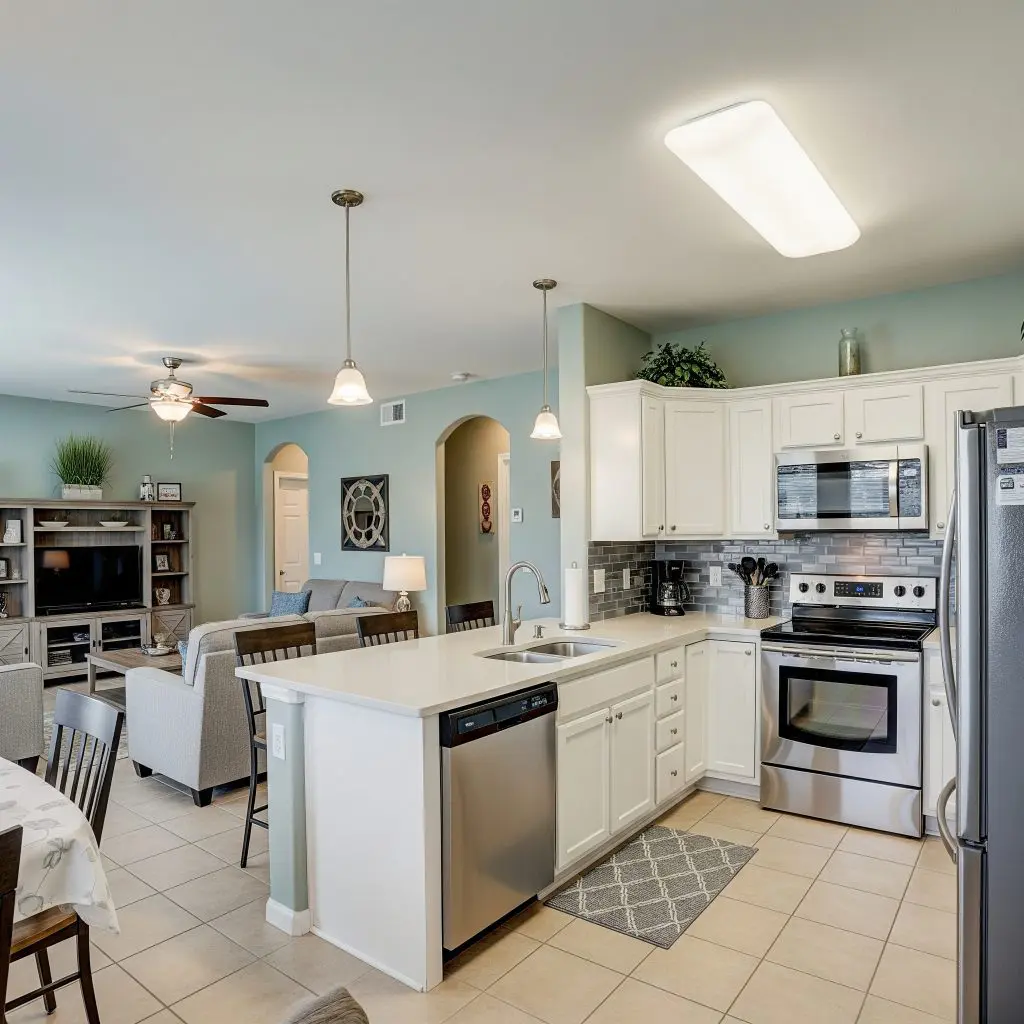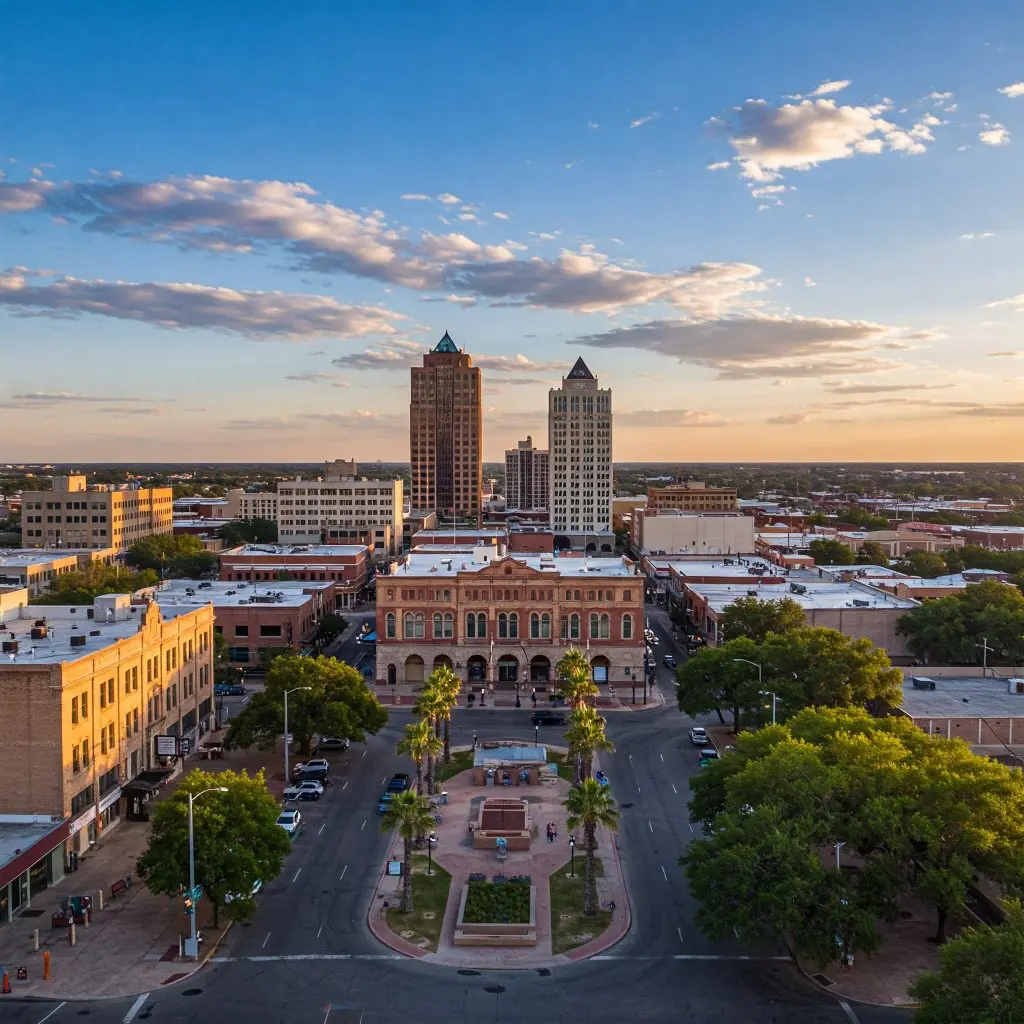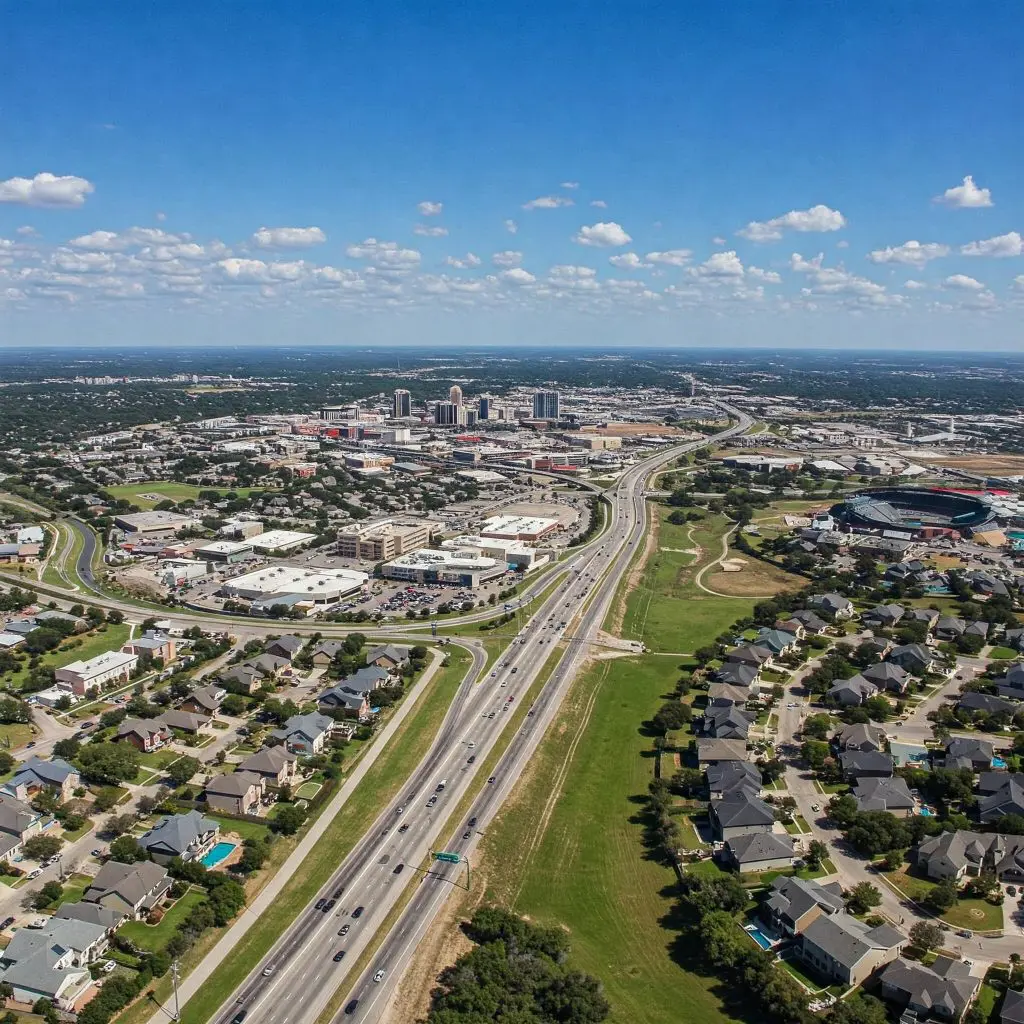Austin Inflation Budgeting & Real Estate Investment Guide 2025
Adapting your personal finances and investment approach to inflationary periods can be the difference between falling behind and building real wealth. In 2025, Austin stands as a beacon for smart investors and diligent budgeters, with its dynamic economy, robust tech sector, and evolving real estate landscape. This comprehensive guide explores city-specific strategies for inflation-proof budgeting and identifies the best real estate investment opportunities in Austin this year.
- Austin Inflation Budgeting & Real Estate Investment Guide 2025
- Table of Contents
- 1. Austin’s 2025 Economic Overview & Inflation Trends
- 2. Budgeting for Inflation in Austin: Key Local Considerations
- 3. Austin Real Estate Market Analysis in 2025
- 4. Best Neighborhoods & Districts for Real Estate Investment
- 5. Property Taxes, Regulations, and Investment Incentives
- 6. Austin-Specific Inflation Hedging with Real Estate
- 7. Local Success Stories
- 8. 2025 Austin Economic Forecast & Future Growth Areas
- Conclusion
Table of Contents
- Austin’s 2025 Economic Overview & Inflation Trends
- Budgeting for Inflation in Austin: Key Local Considerations
- Austin Real Estate Market Analysis in 2025
- Best Neighborhoods & Districts for Real Estate Investment
- Property Taxes, Regulations, and Investment Incentives
- Austin-Specific Inflation Hedging with Real Estate
- Local Success Stories
- 2025 Austin Economic Forecast & Future Growth Areas
1. Austin’s 2025 Economic Overview & Inflation Trends
Population: 1,034,000 (projected growth rate: 2.9% annually in Greater Austin)

Job Market: Top sectors: Technology, Healthcare, Education, Creative industries, Startups.
2025 continues Austin’s robust post-pandemic growth, with unemployment at a historic low (2.8%), and median household income rising to ,000.
Need capital? GHC Funding offers flexible funding solutions to support your business growth or real estate projects. Discover fast, reliable financing options today!
Test Your Expertise: The Complexities of the 1031 Exchange

As a sophisticated real estate investor, you understand that the 1031 Exchange is a cornerstone strategy for tax deferral and wealth accumulation. But beyond the basics, the intricacies of the 1031 Exchange rules can pose significant challenges. This quiz is designed to test your in-depth knowledge and highlight critical nuances that separate casual investors from true experts in 1031 Exchange transactions.
Instructions: Choose the best answer for each question.
⚡ Key Flexible Funding Options
GHC Funding everages financing types that prioritize asset value and cash flow over lengthy financial history checks:
-
Bridge Loans: These are short-term loans used to "bridge the gap" between an immediate need for capital and securing permanent financing (like a traditional loan or sale). They are known for fast closing and are often asset-collateralized, making them ideal for time-sensitive real estate acquisitions or value-add projects.
-
DSCR Loans (Debt Service Coverage Ratio): Primarily for real estate investors, these loans are underwritten based on the property's rental income vs. debt obligation ($\text{DSCR} = \text{Net Operating Income} / \text{Total Debt Service}$), not the borrower's personal income or tax returns. This offers flexibility for those with complex finances.
-
SBA Loans: The Small Business Administration (SBA) guarantees loans offered by partner lenders. While providing excellent terms (long repayment, lower rates), the application process is typically slower than private/bridge funding, often making them less suitable for immediate needs. SBA eligibility heavily relies on the DSCR metric for repayment assessment.
🌐 Learn More
For details on GHC Funding's specific products and to start an application, please visit their homepage:
The Ultimate DSCR Loan for Rental Property Quiz

Are you looking to expand your real estate investment portfolio? A DSCR loan might be the perfect tool to help you achieve your goals without relying on traditional income documentation. Test your knowledge with this quiz to see if you're ready to master the intricacies of a DSCR loan for rental property.
Inflation Rate: 4.5% (higher than the national average, driven by housing and services)
Austin’s rapid influx of new residents has pressed demand on essential goods and housing, fueling higher-than-average inflation compared to many Texas metros.
Key Inflationary Pressures in Austin:
- Housing: Median home sale price: $534,000 (May 2025), rising 5-7% YoY
- Utilities & Insurance: Increased by 6.2% YoY due to grid investments and extreme weather
- Groceries & Services: Up 4.1% YoY, led by energy costs and real estate appreciation
2. Budgeting for Inflation in Austin: Key Local Considerations
Austin’s cost of living is now 10% higher than the Texas average and nearly equivalent to mid-tier California cities. Managing rising prices takes city-specific budgeting tactics.
Essential Austin Budget Categories (2025):
- Housing: Rents average $1,950/mo (one-bedroom), up 8% YoY. Expect higher premiums for central and waterfront districts.
- Utilities: Monthly average (1,000 sq ft apt): $175. Energy-efficient upgrades or green retrofitting can cut costs up to 25%.
- Property Taxes: 1.84% average effective rate in Travis County. Prop 2025A introduced new homestead exemptions — see Section 5.
- Transportation: CapMetro pass: $41–$96/mo. Car insurance up 5.8% YoY due to urban expansion and congestion.
- Groceries & Dining: Up 4% YoY. Focus on local markets (e.g. Mueller, Barton Creek) for best value.
Budgeting Tips:
- Refinance fixed debts: Secure sub-5% rates before further hikes despite national trendline stabilization.
- Lock in rents or seek long-term leases in stable neighborhoods (see Section 4).
- Utilize City of Austin’s utility bill relief programs.
- Optimize for cost-sharing: Consider co-living arrangements in high-demand areas like North Loop or Riverside.
- Pursue energy retrofit grants available for both homeowners and landlords under Green Austin Incentives 2025 (GAI).
3. Austin Real Estate Market Analysis in 2025
✅ Small Business Resources
-
SBA – Small Business Administration
https://www.sba.gov - SCORE Mentors (Free Mentoring & Workshops)
https://www.score.org - Small Business Development Centers (SBDC)
https://americassbdc.org
Are You an SBA Real Estate Loan Expert?

Test your in-depth knowledge on using SBA Loans for owner-occupied commercial Real Estate acquisition. These questions delve into the critical details that can impact your business's growth and financial strategy.
Focus: Luxury Condos
✅ Real Estate Investor Resources
-
AirDNA (Short-Term Rental Data)
https://www.airdna.co - Rentometer (Rent Comps)
https://www.rentometer.com - Zillow Research & Data
https://www.zillow.com/research
DSCR Loan IQ Quiz!

Test your knowledge of Debt Service Coverage Ratio (DSCR) loans!
Amid high inflation, luxury condos offer superior rental yields, capital appreciation, and resilience to market volatility in Austin’s most desirable locations.
Market Drivers:
- Tech Relocation: Major tech companies (Apple, Tesla, Oracle) continue to bring affluent employees to Austin, spurring luxury housing demand.
- Urban Redevelopment: Large-scale projects (e.g., The Riverline, Sixth and Guadalupe) generate living opportunities close to transit, culture, and employment hubs.
- Strong Rental Market: Premium downtown and waterfront units see 80-90% occupancy rates, with 6-8% average gross rental yields.
- Limited Inventory: High construction costs and environmental review delays keep supply tight, translating into pricing power for existing owners.
2025 Trends:
- Downtown condos average $790,000 (1,100 sq ft), up 7.2% YoY
- East Austin luxury developments are outpacing West in year-on-year appreciation
- STRs (Short-Term Rentals) remain a profitable but regulated segment, with a surge in corporate and extended-stay demand
Notable Luxury Condo Developments (2025):
- The Independent: Iconic architecture, unobstructed views, and frequent resale activity at 16% over list in 2024-25
- 5th & West Residences: LEED-certified, commanding premium eco-conscious demand post-2023 heat waves
- 70 Rainey: Boutique downtown tower catering to “digital nomad” remote work lifestyles
- The Loren at Lady Bird Lake: Riverfront boutique residences; record $/sq.ft. in pre-sales for 2025
4. Best Neighborhoods & Districts for Real Estate Investment
Austin’s rapid growth is creating unequaled opportunities for investors. Micro-neighborhood selection is crucial for both income and equity returns, especially during inflation.
Prime Districts for Luxury Condo Investment:
- Downtown (78701): Walkability, high-rise living, and direct transit access. High appreciation and rental yields, particularly in new construction.
- East Austin (78702): Gentrified, artsy, and attracting influx of tech and creative professionals. Hotspot for boutique condo projects and STRs.
- South Congress (SoCo): Blending local Austin flavor with cosmopolitan amenities, popular with relocators seeking unique Austin experience.
- Zilker & Barton Springs: Close to parks, music, festivals. Rising luxury mid-rise developments command top-tier rents.
- Mueller District: Sustainable master-planned district with rapid price appreciation and robust community amenities.
| Neighborhood | Median Condo Price (2025) | Rental Yield (%) | Key Buyer/Renter Demographic |
|---|---|---|---|
| Downtown | $790,000 | 6.9% | High-income tech, finance, entrepreneurs |
| East Austin | $610,000 | 7.4% | Young professionals, remote workers |
| SoCo | $725,000 | 6.5% | Retirees, creative sector |
| Zilker | $760,000 | 6.8% | Outdoor enthusiasts, digital nomads |
| Mueller | $650,000 | 6.3% | Young families, eco-conscious buyers |
Emerging Neighborhoods (High Appreciation Potential):
- St. Elmo District: Rapidly revitalizing, new mixed-use projects, affordable entry price for luxury segment
- Highland: Redevelopment of former mall space, proximity to MetroRail, vibrant rental demand
- North Loop: Trendy, youthful, “up-and-coming” buzz with smaller boutique condo units
5. Property Taxes, Regulations, and Investment Incentives
Property Tax Considerations:
- Travis County’s effective property tax rate for 2025: 1.84% (state average: 1.6%)
- Homestead Exemptions: Proposition 2025A increased basic exemption to $55,000 primary residence, $99,000 for seniors/disabled
- Luxury condos in PUDs (Planned Unit Developments) sometimes qualify for additional infrastructure-related deductions
- Short-Term Rental (STR) licensing required for most non-owner-occupied units—annual fee: $550, compliance required for STR special use permit
Local Real Estate Investment Incentives:
- Austin Economic Development grants for high-density, transit-oriented residential construction
- Property tax abatements for mixed-use green developments (Downtown, Mueller, Highland)
- Energy retrofitting grants (GAI 2025) up to $9,000 per unit for sustainable/energy-efficient upgrades
Regulatory Climate:
- City council’s “Affordability First” and “Density Bonus” programs enable higher-density luxury towers in core zones
- Noise, parking, and green space ordinances govern height and buildable area, especially downtown
- STR units face regular compliance checks; compliance is high but required to preserve premium rental yields
6. Austin-Specific Inflation Hedging with Real Estate
Why are luxury condos in Austin an inflation hedge?
- Rental rates are pegged to rapid population and wage growth, outpacing inflation in most core neighborhoods
- Buyers increasingly pay cash or use low-LTV financing, limiting default risk despite rising rates
- HOA fees include amenities and insurance—stable relative to standalone homes, making cash flows more predictable
- Long-term capital appreciation remains robust: Downtown/East Austin condos appreciated 51% (2020–2025)
Example:
Purchasing a 0,000 condo in East Austin with a 20% down payment, leased for ,000/year (gross), translates to a gross rental yield of 6.7%—well above the latest inflation rate, with long-term tax-advantaged appreciation.
Mitigating Inflation Risk:
- Target energy-efficient, newly constructed units eligible for Austin’s GAI grants
- Write multi-year rental contracts with built-in inflation escalators
- Consider furnished executive or medium-term rentals for fast-moving tech professionals
7. Local Success Stories
High-Tech Relocation: Downtown Condo Windfall
“We purchased a 2-bed at The Independent in 2020 for $555,000 and watched it appraise at $800,000 by May 2025. Rent covers more than our mortgage and HOA. The number of tech tenants looking for flexible, walkable housing is only climbing.” — Lindsey & Carlos S., tech professionals
Entrepreneurial STR Success in East Austin
“Our boutique luxury condo is booked 90% of the year on specialized executive rental platforms. We’ve used city incentives to improve energy efficiency and score premium corporate stays.” — Arjun P., entrepreneur/investor
8. 2025 Austin Economic Forecast & Future Growth Areas
2025-2030 Economic Drivers:
- Tech Expansion: Apple’s campus, Tesla’s gigafactory scaling, ongoing Oracle and Google office expansions
- Population Growth: Projected to surpass 2.75 million in the Metro by 2030, outpacing state and national averages
- Infrastructure Investment: Project Connect (light rail, expanded MetroRapid lines) to elevate property values along transit corridors
- Climate Resilience Infrastructure: Green building requirements expected to further differentiate high-end developments
Future Investment Hotspots:
- North Burnet Gateway: Regional mixed-use megaproject, future high-density luxury and office
- East Riverside Corridor: Poised for premium multi-family and condo developments targeting tech relocators
- St. John’s & Highland: Redevelopment zones driven by transit expansion and city incentives
Transit Impact:
- Properties within 0.5 mile of Project Connect light rail stops trading at 13-18% premium year-over-year
- New park-and-ride transit centers are greatly improving rental demand in previously car-dependent areas
Conclusion
Inflation remains both a challenge and an opportunity for Austin residents and investors in 2025. The city’s economic momentum, robust job growth, and progressive infrastructure foster a unique environment where luxury condos in core and emerging neighborhoods provide strong inflation hedging and superior returns. By leveraging city programs, understanding neighborhood dynamics, and budgeting strategically for rising costs, Austinites—not just seasoned investors—can thrive during high inflation. Localized knowledge and adaptability are key: in Austin, as in all high-growth cities, smart real estate choices and inflation-savvy financial planning go hand-in-hand.
Get a No Obligation Quote Today.



